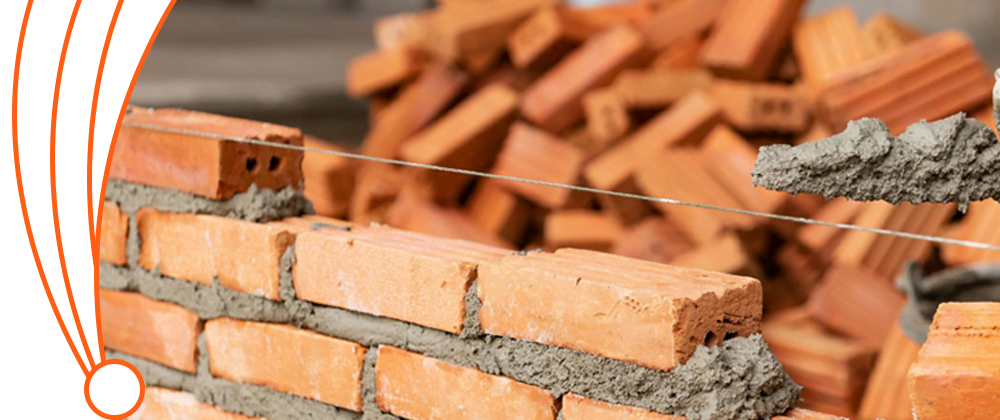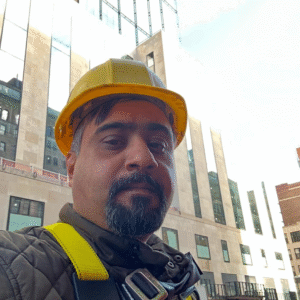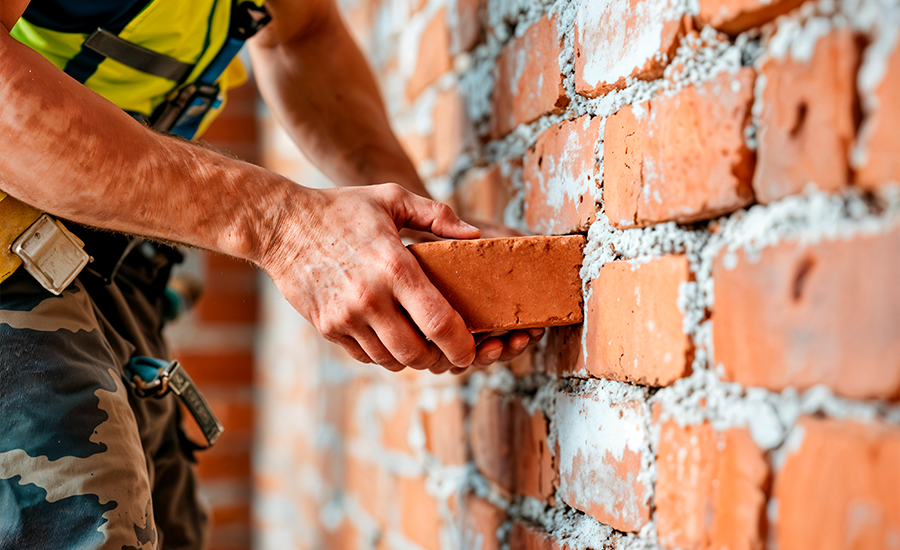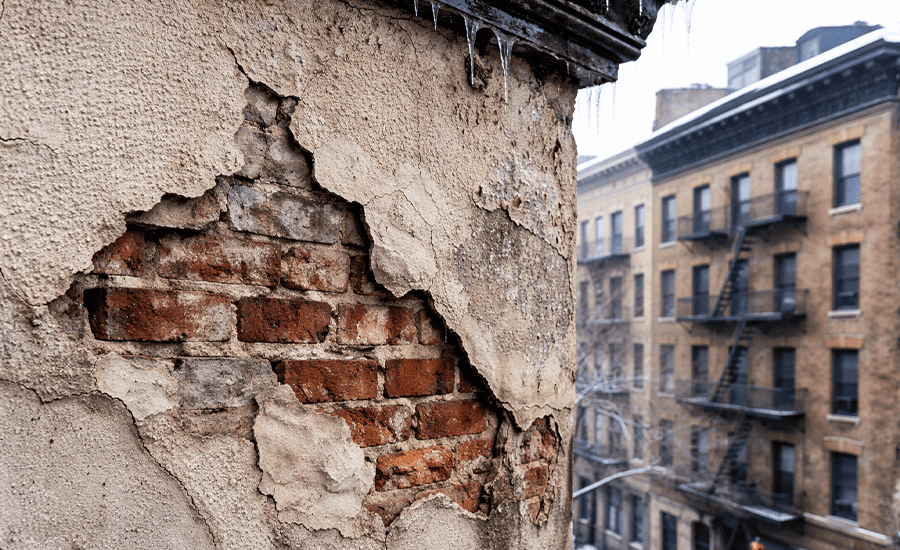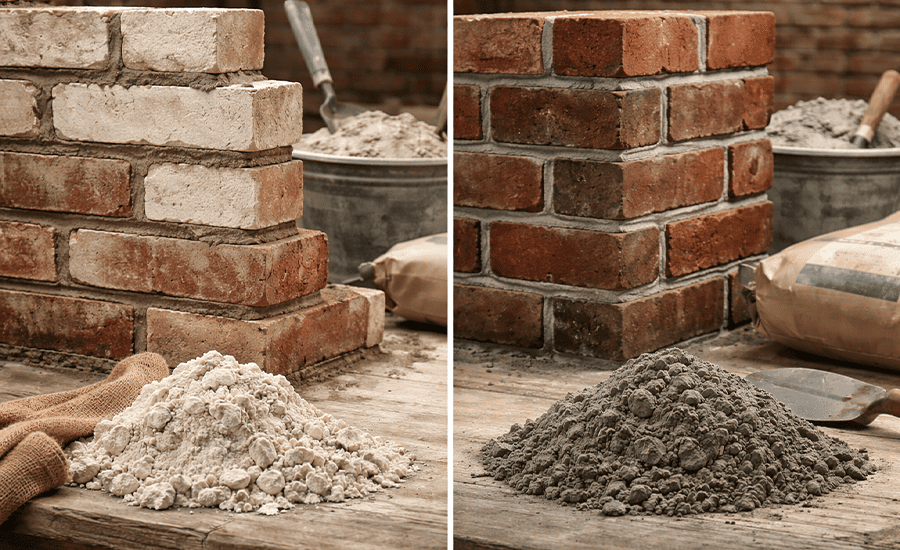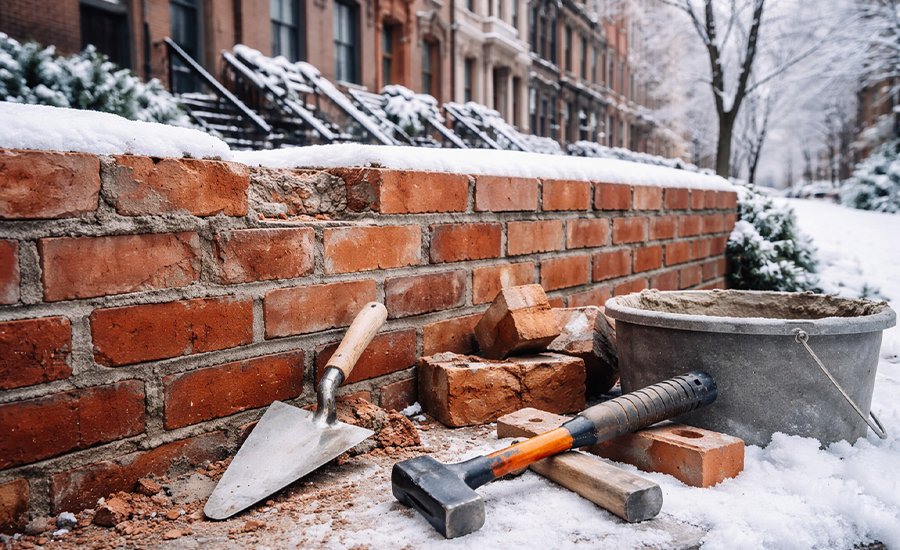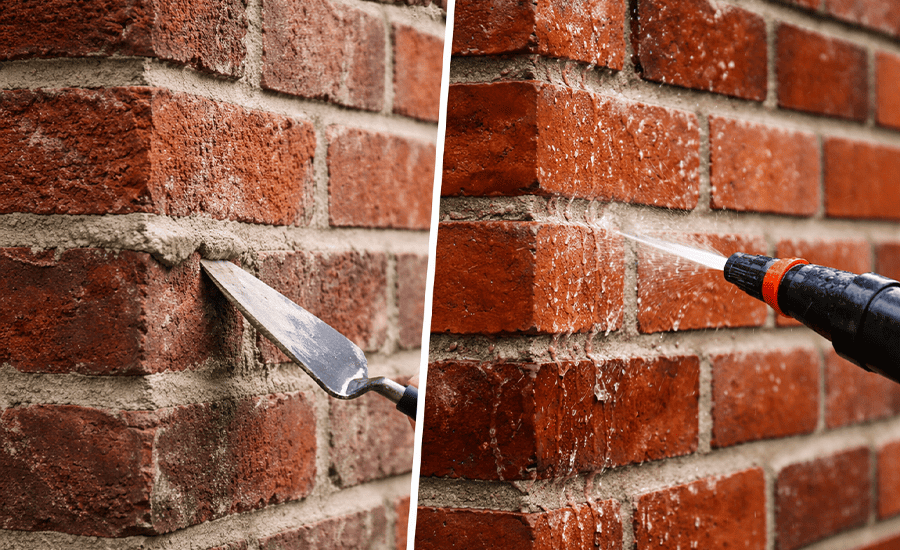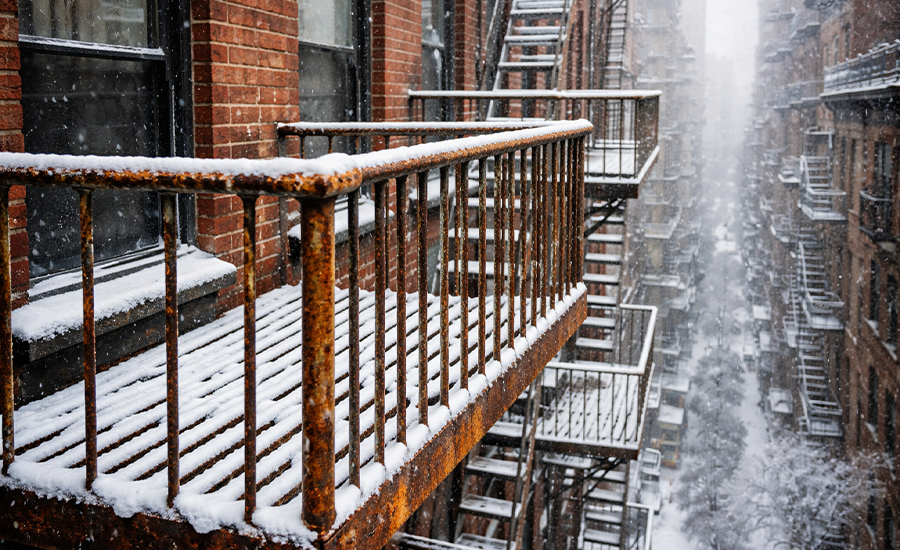Beaded pointing refers to decorative work on masonry structures that aims to finish the joints of brick or stonework. This method entails placing and finishing the mortar in round, smooth beads along the joint to give the wall a classy look. As a traditional finishing technique for mortar joints, especially in historic and restoration projects, beaded pointing retains the time-honored aesthetic finery of historic structures, especially the brick face.
Even though it can just serve aesthetics in the constructions of modern structures, it can be applied for an elegant, qualitative sheen. It also provides architectural elegance and a finished, high-quality appearance, making it ideal for historic conservation or new construction.
What is Beaded Pointing?
Beaded pointing in masonry is used to finish the joints between bricks or stones in a wall. It is a type of decorative mortar joint shaped to form a rounded bead along the edges of the joint, giving it a smooth, elegant appearance.
Beaded pointing involves shaping the mortar joint in a rounded or slightly curved shape, resembling a bead. This is done by using a unique tool (called a “pointing trowel” or “beading tool“) after the mortar has been applied and has begun to set, but before it has fully cured. The mason will press the tool along the joint, pushing the mortar into a rounded form along the edges, creating a continuous, smooth line.
Beaded Pointing in Historic and Modern Masonry
Beaded pointing is a kind of architectural mortar joint that has been left or made smooth. It is most often used in historic or restoration projects where the envisaged building is made to look like it was done initially. Of all the applications, it is most often used on brick facades in structures of historical constructions since it provides the masonry with aesthetic beauty without having to alter the majesty of the building.
Historic and Restoration Projects
Beaded pointing is often used in historic buildings to match the original craftsmanship. Over time, the style of masonry may be forgotten or eroded, so recreating the beaded joint ensures that the structure retains its authentic character. It is often found in heritage buildings, old homes, and public monuments where preserving historical accuracy is essential.
Modern Use in Masonry
Even though bead pointing is most commonly used in historic buildings requiring restoration, it can also be employed in contemporary buildings to introduce a traditional and refined aesthetic. Beaded joints are selected and used for their blended look and smooth finishes, which is helpful for builders and designers who wish to bring a high-quality and elegant appearance to any construction. The technique is helpful today when it is necessary to create a traditional appearance while using modern technologies in construction.
Difference Between Beaded Pointing And Struck Pointing
Beaded and struck pointing are two popular techniques used in masonry to finish the mortar joints between bricks or stones. Both methods have distinct appearances and serve different aesthetic and functional purposes. Here’s a breakdown of the key differences:
| Feature | Beaded Pointing | Struck Pointing |
|---|---|---|
| Appearance | Rounded, smooth, convex bead along the joint. | Angled, recessed, concave profile. |
| Functionality | Primarily decorative with some water shedding. | Focuses on weather resistance and water runoff. |
| Aesthetic Appeal | Elegant, refined, and decorative. | Sharp, clean, and simpler look. |
| Maintenance | May require more frequent maintenance due to erosion and dirt buildup. | Low-maintenance, less prone to dirt accumulation. |
| Usage | Common in historical restorations and decorative finishes. | Common in modern construction for durability. |
| Water Resistance | Some water shedding, but less effective than struck pointing. | Better water shedding due to the recessed shape. |
| Application | Used for aesthetic purposes, often in heritage buildings. | Used in functional masonry to enhance durability. |
| Finish Style | Soft, rounded, adds elegance. | Clean, angular, and crisp finish. |
Why is Sardar Restoration Corp The Best Choice For Beaded Pointing?
Beaded-pointing and brick-pointing services are available at Sardar Restoration Corp. Our company conveniently provides the following services: struck pointing, tuck pointing, brick pointing, repointing, and repointing cost to guarantee top-notch services. In the case of beaded pointing, the joints of your building are carved by beading tools and methods to produce a smooth, round joint contour. We strictly follow the rules of Local Law 11.
The skills of our masons are matched by the variety of materials and services we offer to customers who want to create a home that truly fits them perfectly. From historical structures to contemporary constructions, we give you the best masonry service—quality that ensures that your buildings’ aesthetics and structures remain stunning and intense.
Wherever you are, our services are available to meet your local needs. Contact us today at (+1) 917-355-8556 or sardarrestoration@gmail.com, or visit us at 2770 Fish Ave, Bronx, NY 10469, United States. Let us bring excellence to your next project!
FAQs
What materials are used for beaded pointing?
Beaded pointing typically uses mortar made from sand, lime, and cement. The specific mix can vary depending on the desired strength, flexibility, and durability of the joint and the type of masonry used, which is why choosing the best materials for beaded pointing is essential for quality results.
Can beaded pointing be used for decorative purposes?
Yes, beaded pointing is often used for decorative purposes in masonry. Its rounded, smooth finish enhances the wall’s aesthetic appeal, making it ideal for historical restorations or modern designs that require a polished, refined look.
Is beaded pointing suitable for high-moisture environments?
Some aspects of beaded pointing high moisture environments offer a certain amount of water shedding; however, it is not as efficient as specific techniques, such as struck pointing, for high-damp areas. While durable, it will probably demand more frequent attention to avoid being easily damaged by water in areas of high precipitation or humidity.
What are the pros and cons of using beaded pointing?
Beaded pointing has many advantages, including its aesthetic appeal, which provides a neat, decorative finish. It also helps shed water more efficiently than flat joints. However, the pros and cons of beaded pointing show that while it looks elegant, it may require more frequent maintenance in high-moisture areas and can become prone to erosion over time.
